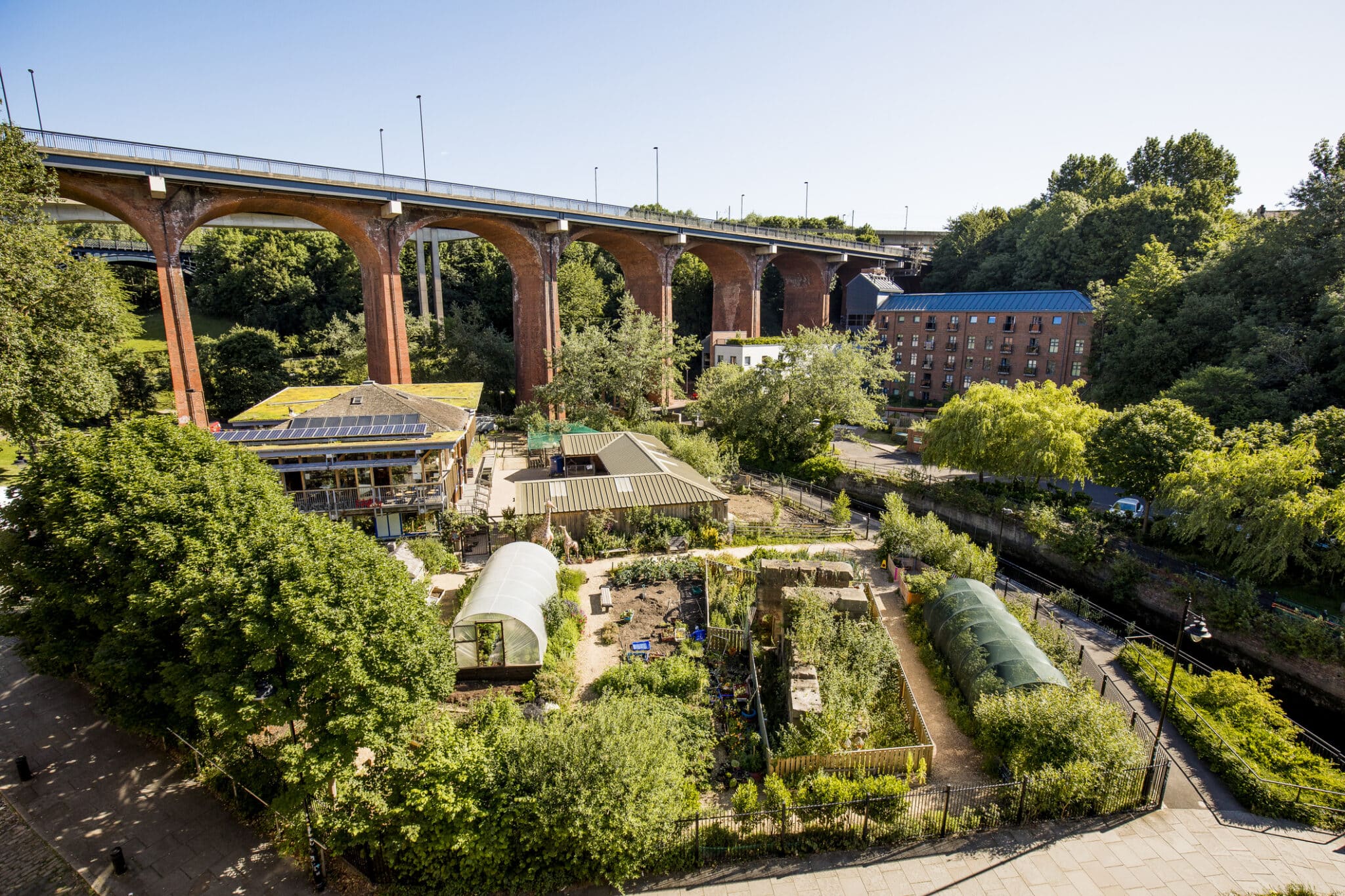City Blooming Fundamentals Explained
City Blooming Fundamentals Explained
Blog Article
The smart Trick of City Blooming That Nobody is Talking About
Table of ContentsThe Greatest Guide To City BloomingHow City Blooming can Save You Time, Stress, and Money.Examine This Report on City BloomingWhat Does City Blooming Do?7 Simple Techniques For City Blooming
Fascinated in growing food available in the City of Chicago? Believing regarding starting a community yard? Adjustments to the Chicago Zoning Regulation allow farming usages like neighborhood yards and metropolitan ranches in numerous parts of the city. Below is a checklist of regularly asked questions pertaining to the rules and laws that farmers must think about when intending a metropolitan farming job.
The zoning amendment does not change any other codes managing composting, structure permits, purchasing or renting City owned building, organization licenses or environmental contamination. There are existing codes that control these concerns and they stay in full impact and might apply to your project. Community gardens are commonly had or handled by public entities, civic organizations or community-based companies and maintained by volunteers.
Urban farms grow food that is intended to be marketed, either on a not-for-profit or for-profit basis. As a result of their business purpose, city farms require a company certificate. Yes. A community garden is allowed to market excess create that was expanded on site if the sales are accessory or subordinate to the garden's primary purpose defined over.
The Greatest Guide To City Blooming
Composting is allowed however only for plant material that is created and utilized on site. The quantity of compost product can not exceed 25 cubic backyards at any type of given time according to the criteria in 7-28-715 of the City's Municipal Code. Yes. Since the soil at a lot of brand-new yard sites needs modifying, garden compost, dirt, wood chips, or various other materials can be obtained to create or enhance the expanding room - home and garden.

If a structure authorization is called for after that the hoophouse will be thought about an accessory building. You can learn even more concerning the structure permit needs by speaking to the Division of Buildings. The 25,000-square-foot dimension limitation is meant to stop a single area yard from controling a provided block or diminishing the block's existing property or industrial personality.
The restriction does not relate to yards situated in Public Open Room (POS) areas. Can there be greater than one neighborhood yard that is 25,000 square feet on a single block? Yes. The size limit puts on individual yards, not to private blocks. No. Fence is not required, however, yards that have large auto parking locations may be called for to mount fence or other landscaping features.
Not known Facts About City Blooming
B1 & B2 areas require that all industrial usage activities be carried out inside. R areas limit commercial activity. The regulations show the function and intent of the Zoning Code. Is fence needed for city ranches? Yes. Fencings might be needed, in addition to landscape design and testing, for sure car parking areas and exterior job or storage areas depending upon area and the specific activity occurring.
Urban ranches call for building permits and zoning approvals prior to building (sustainability). Various other types of city review may be called for depending on particular frameworks, activities, dimension, landscaping, licensing, public health and stormwater administration issues.
The Division of Service Matters and Customer Security can help identify the specific type of company license that's required. Off road car parking is required for the majority of business jobs in Chicago. The called for number of auto parking areas is based on the number of employees working on site and not the square video of the expanding space.
Not known Details About City Blooming

An urban ranch can market garden compost product produced on site, however, the operation must conform with the laws in 7-28-715 of the Chicago Municipal Code. Aquaponic systems are allowed inside on metropolitan farms in several zoning districts.
Up to five hives or nests of honey bees may be maintained as an accessory usage. Nonetheless, beekeepers must sign up with the Illinois Division of Agriculture. For more details about the recommended zoning amendment you might get in touch with the Department of Housing and Economic Growth, Bureau of Preparation and Zoning at 312.744.8563.
Farming in cities and urban areas A metropolitan ranch in Chicago. Urban agriculture refers to various techniques of growing. http://peterjackson.mee.nu/where_i_work#c2252, processing, and distributing food in urban locations. The term likewise puts on the area activities of animal husbandry, tank farming, beekeeping, and cultivation in an urban context. Urban farming is distinguished from peri-urban farming, which takes location in rural areas beside suburbs.
Not known Details About City Blooming
, that look for to create social networks started on a shared ethos of nature and area holism. These networks can create by means of formal institutional assistance, coming to be incorporated into local community preparation as a "shift community" movement for sustainable metropolitan development.
In either situation, the more direct access to this content fresh veggie, fruit, and meat products that might be know via urban agriculture can boost food safety and food safety while decreasing food miles, causing reduced greenhouse gas emissions, thus contributing to climate adjustment mitigation. Some of the initial evidence of city agriculture comes from Mesopotamia.
Report this page